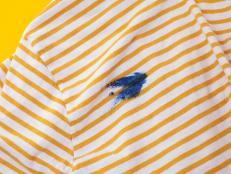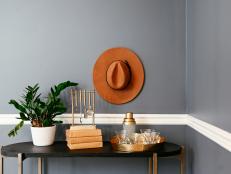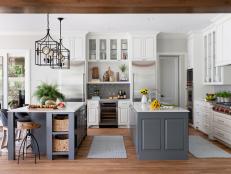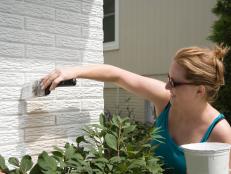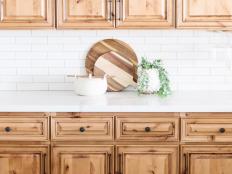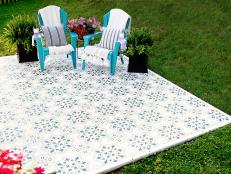Natural Clay Plasters: An Alternative to Paint
Natural clay plaster is a practical, environmentally friendly material that can be used instead of paint to decorate interior walls and ceilings. This nontoxic covering won't off-gas harmful volatile organic compounds (VOCs), as many paints do. Natural clay plaster is made from pure clays and aggregates, with coloring that comes from natural oxides and ochre mineral pigments. It also contains borax, a natural mineral anti-molding agent. Additional benefits of using natural clay plaster include:
- Unique design effects. Different varieties of clay plasters are available to create wall textures ranging from marble-smooth and soft suede to rugged finishes that include mica chips, shredded straw and recycled colored glass.
- Versatility in application. It can be applied over drywall, stucco, wallpaper, concrete, brick and adobe walls and ceilings. It can even be used in wet areas such as kitchens and bathrooms as long as the walls are sealed to protect against splashing from sinks, bathtubs and showers.
- Healthier indoor environment. Clay plasters add negative ions to the air, which help neutralize the electromagnetic effect created by computers, appliances and synthetic plastics prevalent in today's homes. Negative ions are believed to produce biochemical reactions in the body that increase the serotonin level, helping to alleviate depression, relieve stress and boost daytime energy.
Natural clay plaster should not be used over oriented strand board (OSB), tongue-and-groove paneling or other materials prone to expansion and contraction caused by changes in temperature and humidity. Natural clay plaster also isn't appropriate for covering ceramic tile, as tile is an unstable substrate.
Application
Applying natural clay plaster is similar to applying other plasters. The first step is preparing the wall surface, and different wall surfaces require different preparations. For example, new drywall needs an undercoat of primer to provide a uniform, "toothed" surface that ensures a proper bond with the clay plaster. For walls painted with a glossy finish, remove the gloss with a light sanding, a de-glosser or both before priming. Some types of wall, such as unsealed porous stone and unsealed sand-finish cement stucco, will need only cleaning and dusting.
Once the surface is prepared, prepare the plaster-and-pigment mixture, preferably 48 hours before use. First, measure the amount of water according to the manufacturer's instructions and add the dry plaster. In a separate container, mix the pigment with water to form a paste. Add the paste to the plaster and mix at a low speed, using a drill with a mixing paddle, until the mixture is the consistency of pudding.
Using a trowel, apply two thin coats of plaster to the prepared surface. Don't smooth the base layer completely—keep it slightly rough so the top coat can adhere to it. To keep the plaster from cracking, be sure that the base coat is dry before applying the top coat. You can create a matte finish by pressing a tile sponge in circular patterns. For a rougher finish, re-trowel the surface in overlapping arcs. You can also apply the plaster with a drywall hopper and spray equipment. In this case, spray on the base coat for complete coverage and then trowel the surface or texture it to the desired finish. The working time for natural clay plaster is longer than for other plasters, which means the surface won't "set" before you've achieved the finish you want.
If you're applying a sealer, wait until the top coat is completely dry. Test the sealer in an inconspicuous area to ensure the desired effect, as some sealers cause a slight color change in the plaster. Using an airless sprayer, apply two thin coats of sealer for increased hardness and water resistance. Never apply the first coat with a sponge, brush or roller, because the lap marks will be visible.
Natural clay plasters produce almost no waste. You can reuse any excess plaster by saving it in a container for patching; dried plaster can simply be broken up and rehydrated. And unwanted plaster can be spread in soil without polluting the environment.







